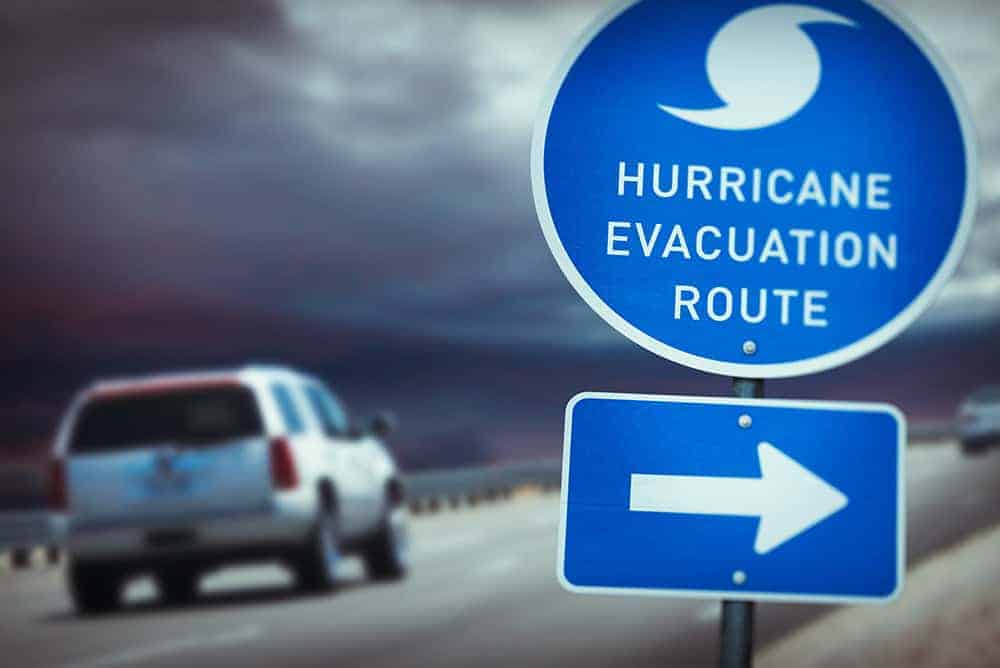Hurricane Planning During COVID-19
Coastal states already have processes and steps in place for keeping their residents safe and well during hurricanes; plans that have proven successful crisis after crisis. The public knows about them: the shelter locations, evacuation zones and routes, and how to stock up with supplies for those who shelter in place. COVID-19, which will likely remain active throughout hurricane season, alters, restricts and expands those plans. And it’s not at all certain that the public knows about these new processes, restrictions and rules.
Be Prepared For Change
Those changes span categories. From the way citizens will evacuate, to the quantity and locations of new shelters meant to house the elderly and the infected in isolation, to new transportation methods, to new supplies that have to be brought to the shelters; even vendor relationships may change.
That means that, while your residents and vendors and healthcare providers are knowledgeable about hurricane response and evacuation, they very well may not know what to expect with COVID-19 added to the mix. Here some key considerations:
- Bringing masks and gloves from home.
- Learning new processes for shelter transportation.
- Being prepared to have temperatures taken more than once.
- Evacuating not just patients, but ventilators and all the other items COVID-19 patients need.
- Finding safe places at locations outside the hurricanes’ paths.
Emergency Management Begins With Communication
Getting that information out to everyone is first priority for emergency management and local government personnel.
And the best way to reach everyone is with a critical communications product. It needs to begin right away; in fact, if you haven’t initiated this level of communication, you’re late. With critical communications in place, you’ve got the simplest and most efficient way to deliver messages to the broadest audience across every type of media and channel.
Dig into this topic further by reading a new OnSolve article:

